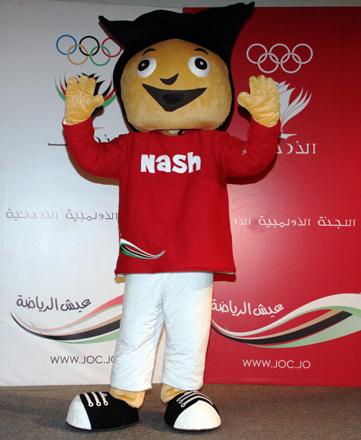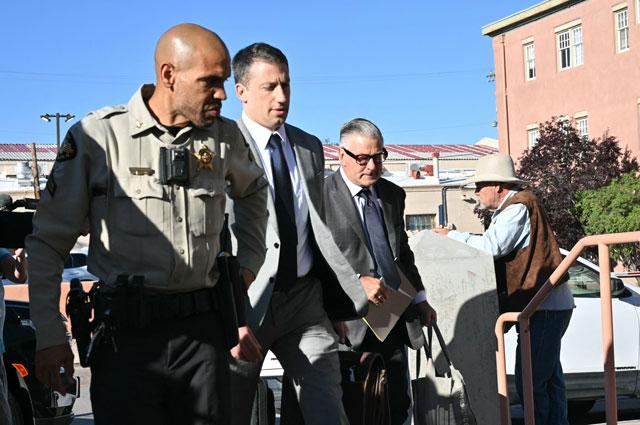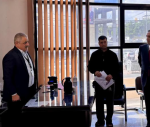As a winter chill descends over Amman and the temperatures dip to the lowest of lows, one strives to make the best of the cold bonanza. Crisp sunshine marks our mornings and afternoons, and it is a delight to walk outdoors under the clear blue sky. Evening approaches earlier than intended and by six, the envelope of darkness is near complete. Dinner parties start commencing at a reasonable time and it is no longer scandalous for the invite to read 7pm, or the guests to turn up on the dot of the appointed hour.
Watching movies in winter also has a different charm because matinee shows become easily manageable. Why so? Well, if it gets dark earlier one goes to bed earlier and after the requisite eight hours, one surfaces earlier, so you see how well it all works?
If I have to recommend “Charlie Wilson’s War” or “A Beautiful Mind” as the top two most rented movies of all time, I’m afraid I will urge you to see both. If the former has Tom Hanks and Julia Roberts, the latter has Russell Crowe in one of his finest and most exceptional roles, playing John Forbes Nash Jr, a Nobel Laureate and genius mathematician who suffers from schizophrenia.
There are some films where the actors enacting certain characters perform to such a high level of perfection that they almost replace the original in the eyes of the viewer. I do not exaggerate when I say that if I were to picture the real John Nash, who is till today a senior research mathematician at Princeton University, I’m sure I would have him look like Russell Crowe.
His walk, talk, mannerisms, gestures, his shyness or arrogance, his mutterings, his vacant look, all of it is done brilliantly. Crowe does not act the character, he becomes this character. The movie, when released in 2002, won four Oscar awards and was nominated for another eight. The only regret is that the Academy did not deem it fit to award Russell Crowe for his performance of a lifetime. But as DVD’s go, this is the most borrowed movie according to my rental library, and one has to book the film well in advance if one wants to have a chance at viewing it.
On another note, I was invited for a simulated flight recently.
A trip to this side of the airport is a first for me and upon entering the building I am immediately taken around the training classrooms, briefing rooms, CBT-computer based instruction rooms, and refreshment area. Then I continue to the spot where the three flight simulators are housed. Training is in progress in two of them. I am requested to enter the third empty cabin.
Gary, who is an engineer by profession, takes me on my first simulated flight. The interior of the cubicle resembles an airplane cockpit. The screen projections, the visual systems and the computer graphics are identical to the original ones to provide a realistic environment during training, says Gary.
With the turn of a switch or the push of button difficult scenarios like engine failure, system malfunction, sudden turbulence, extreme weather conditions, bird hits, or emergency landing, can be simulated.
I am an amateur pilot for the next hour and discover a number of hidden talents. I take an uneven u-turn, almost crash the flight thrice, and then proceed to make the smoothest landing on autopilot.
Born to fly? Yes, I know!


















